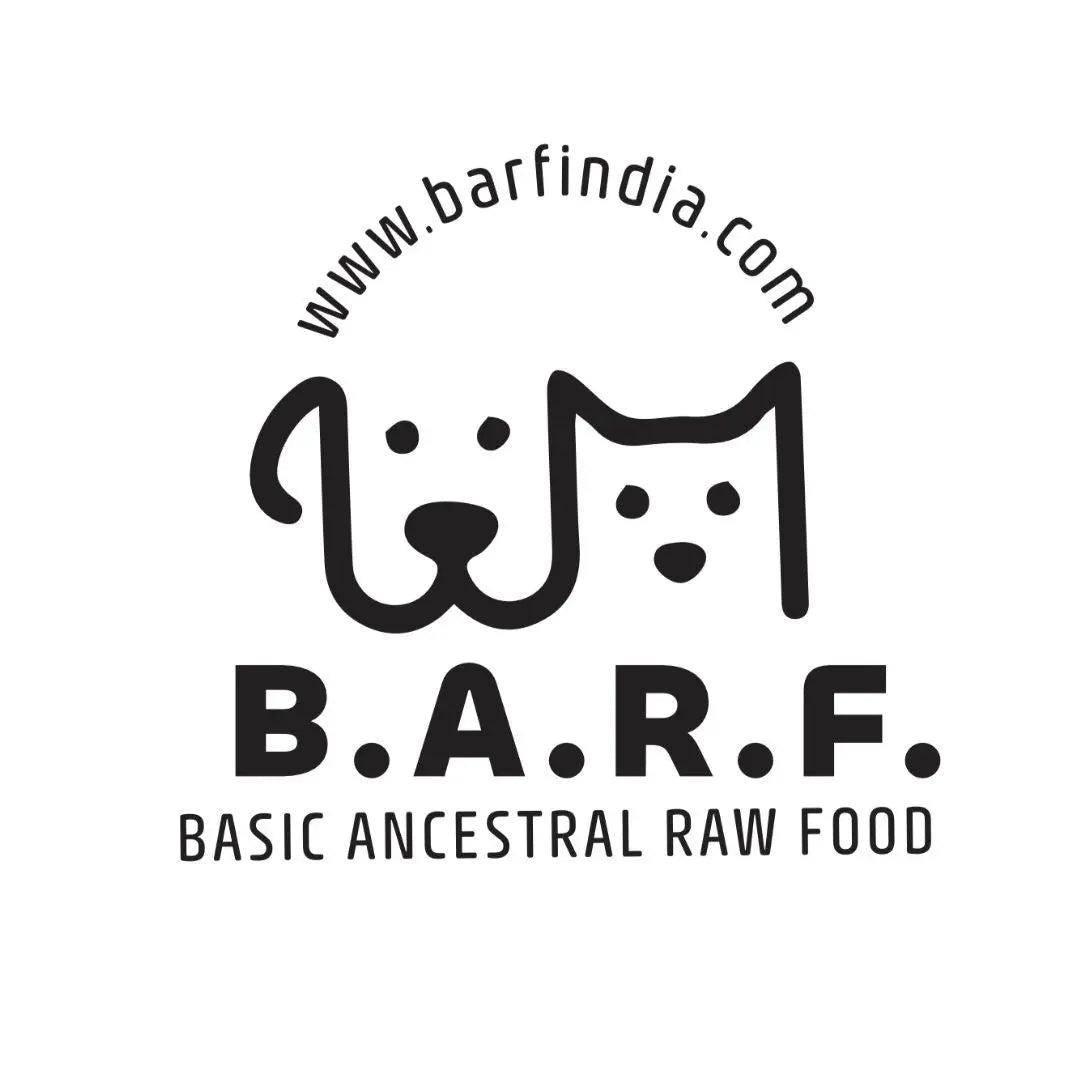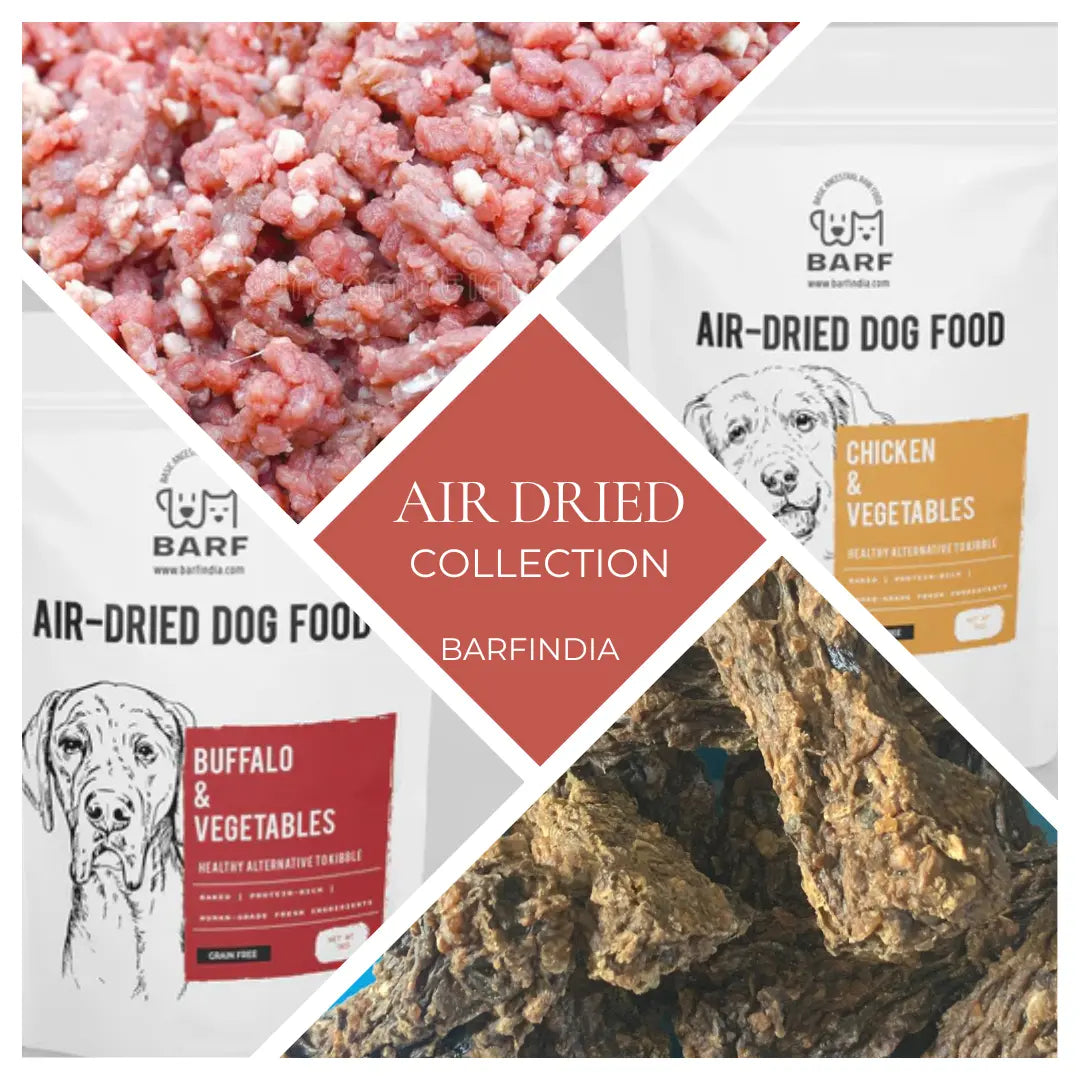
Transitioning Your Cat to a Raw Diet: A Comprehensive Guide
Nivedita FernandesRaw Diet for Cats: A Complete Guide to Transitioning Safely
Introduction:
Transitioning your cat to a raw diet can be a rewarding and beneficial choice for their health and well-being. Raw diets mimic what cats would eat in the wild, providing them with essential nutrients and minimizing the risk of processed food-related health issues. However, transitioning can be challenging if not done properly. In this guide, we'll explore everything you need to know to successfully transition your cat to a raw diet.
Understanding the Benefits of a Raw Diet for Cats:
Before diving into the transition process, it's essential to understand why a raw diet can be beneficial for your feline friend. Cats are obligate carnivores, meaning they require a diet primarily composed of meat to thrive. Here are some benefits of a raw diet for cats:
- Improved Digestive Health: Raw diets are easier for cats to digest compared to processed foods, which often contain fillers and additives.
- Healthier Coat and Skin: A raw diet can contribute to a shinier coat and healthier skin due to the high-quality proteins and essential fatty acids.
- Dental Health: Chewing on raw meat and bones can help maintain dental health by reducing plaque and tartar buildup.
- Weight Management: Raw diets can help cats maintain a healthy weight by providing them with the appropriate balance of nutrients.
- Increased Energy and Vitality: Many cat owners notice an increase in their cat's energy levels and overall vitality after transitioning to a raw diet.
Preparing for the Transition: Transitioning your cat to a raw diet requires careful planning and preparation. Here are some steps to take before starting the transition:
- Consult with a Veterinarian or a Nutritionist: Before making any changes to your cat's diet, consult with your veterinarian or a nutritionist to ensure it's suitable for your cat's specific health needs.
- Research Raw Diets: Educate yourself about the principles of raw feeding for cats, including the types of meat, bones, and supplements they need for a balanced diet.
- Gather Necessary Supplies: Purchase high-quality raw meat, including muscle meat, organs, and bones, as well as any necessary supplements recommended by your vet.
- Gradually Introduce Raw Food: Start by mixing small amounts of raw food with your cat's current diet to allow them to adjust gradually.
- Monitor Your Cat's Health: Keep a close eye on your cat's health and behavior throughout the transition process, and consult with your vet if you have any concerns.
The Transition Process: Now that you're prepared, let's dive into the transition process itself. Here's a step-by-step guide to transitioning your cat to a raw diet:
- Start Slowly: Begin by replacing a small portion of your cat's current food with raw food, gradually increasing the amount over time.
- Offer Variety: Introduce a variety of meats, organs, and bones to ensure your cat receives a balanced diet and to prevent boredom.
- Monitor Your Cat's Reaction: Pay attention to how your cat responds to the new diet, including their appetite, energy levels, and stool consistency.
- Be Patient: Transitioning to a raw diet can take time, so be patient and allow your cat to adjust at their own pace.
- Adjust as Needed: If your cat experiences any digestive issues or reluctance to eat raw food, adjust the transition process accordingly and consult with your vet if necessary.
Tips for Success: Transitioning your cat to a raw diet can be a rewarding experience, but it's essential to approach it with patience and care. Here are some additional tips for success:
- Offer Fresh Water: Make sure your cat has access to fresh, clean water at all times, especially when transitioning to a raw diet.
- Practice Safe Handling: Handle raw meat and bones safely to prevent contamination and minimize the risk of foodborne illness for both you and your cat.
- Consider Pre-Made Raw Food: If preparing raw meals at home isn't feasible, consider feeding your cat commercially prepared raw food options.
- Stay Informed: Stay up-to-date on the latest research and recommendations for raw feeding to ensure your cat's diet remains balanced and healthy.
- Enjoy the Benefits: Once your cat has successfully transitioned to a raw diet, enjoy the benefits of improved health, vitality, and overall well-being.
Conclusion:
Transitioning your cat to a raw diet requires careful planning, patience, and dedication, but the potential benefits for your feline friend's health and well-being are well worth the effort. By following the steps outlined in this guide and consulting with your veterinarian, you can ensure a smooth and successful transition to a raw diet that will support your cat's health for years to come.



